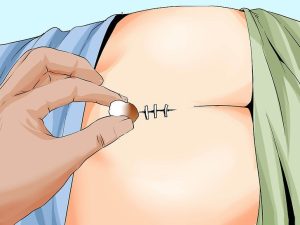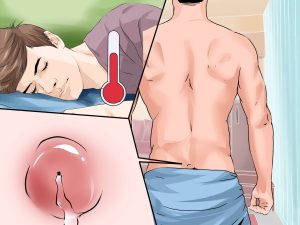Anal hair cyst surgery is usually the only solution to get rid of this painful condition for the patient.
What is an anal hair cyst? An anal hair cyst or pilonidal sinus is a small hole or tunnel in the skin that may fill with infectious fluid or pus, causing a cyst or abscess to form.
This hair cyst usually occurs in a gap above the buttocks. A pilonidal cyst usually contains hair and infection. This infection can cause severe pain in the area. If this problem occurs, the resulting pus and blood may have an unpleasant smell. Anal hair cyst, which is more common in men, is also common in adults. Also, this condition is more common in people who sit a lot, such as truck drivers.
Types of anal hair cyst surgery
An anal hair cyst is a bag filled with hair and skin that occurs above the buttock and under the tailbone. Initial treatments include sitz baths, warm compresses, and antibiotics. But if the infection is severe, you may need anal hair cyst surgery.
Hair cyst surgery is performed by two methods: incision and incision, cystectomy.
Incision and drainage: During this procedure, the doctor makes an incision and drains the cyst.
Who is a good candidate for this procedure?
• When a person is treated for a hair cyst for the first time.
• When the person’s infection is minor.
Cystectomy: During this procedure, the doctor removes the entire cyst and surrounding tissues.
Who is a good candidate for this procedure?
• A person who has already had an incision and drainage operation, but the cyst has returned.
• When the person’s infection is very severe.
Important points after anal hair cyst surgery
• Taking painkillers prescribed by a doctor.
• Avoiding vigorous activities.
• Do not sit on hard surfaces for long periods of time.
• If your doctor has prescribed antibiotics, be sure to take the full course.
Contact your doctor if the following occur after surgery:
• Fever
• The discharge of pus from the cut area in the operation
• Increased pain, swelling, or redness near the incision site

